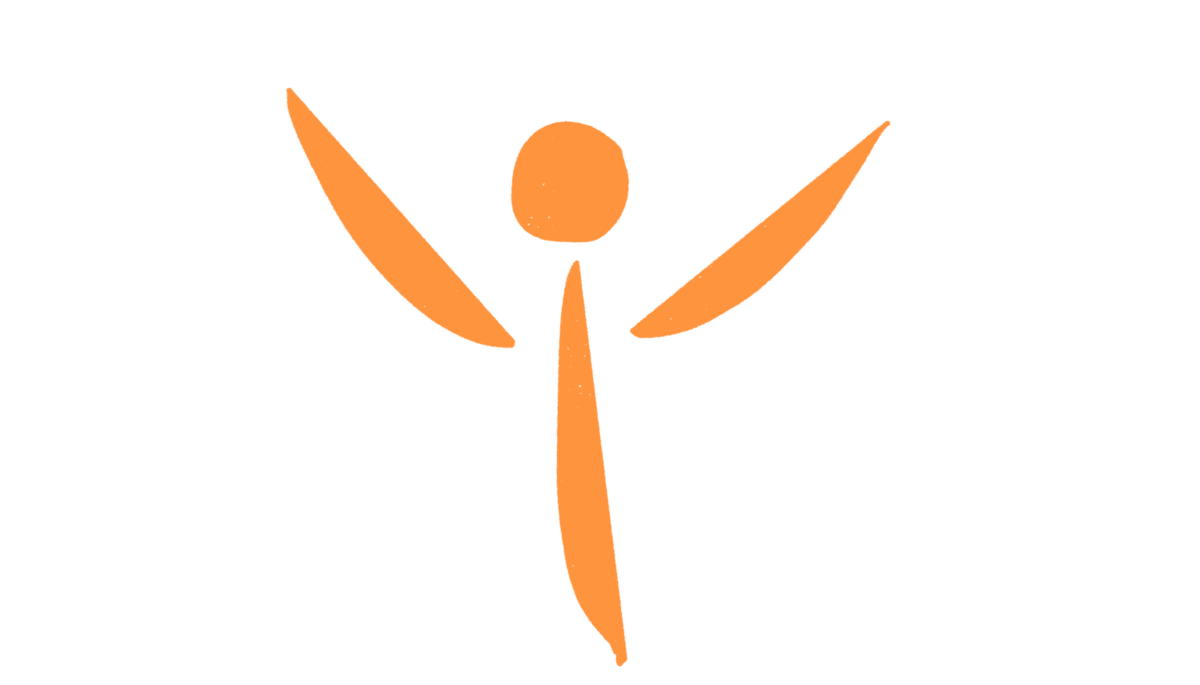
What are representational systems? See also part 2
Put another way, how does the brain re-present reality? (This entry is from the teachings of NLP).
The reasons you’d want to know about this are:-
• Your preferred system affects how you understand the ‘world’ out there
• We don’t all have the same preference and therefore do not all have the same ways of describing or talking about reality.
• Once you know your preference, you can exploit its strengths and begin to become more flexible by exploring other representational systems
What is this about?
A useful way to think about representational systems is; we experience the world through our five (or maybe there are six 🙂 ) senses, i.e. we see (visual), hear (auditory), feel (kinesthetic) smell (olfactory), taste (gustatory) and maybe we could include having a sixth sense (intuit). I will refer to the five using the acronym (vakog). Let me take gustatory as an example. When you have a meal you obviously taste the food and this strongly involves your sense of smell, (olfactory). The other senses are also involved of course, we see the food (visual), we feel the textures (kinesthetic) and we hear (auditory) and this is maybe more subtle, the sounds of cutlery, conversation, maybe background noise in a restaurant. Etc. Thus there is a whole experience laid down as a set of patterns in our brains, driven by each of the five senses. This is an important notion here, that as we experience life ‘out there’, we lay down patterns internally, to represent the experience, using our five senses to drive that, see Figure 1 vakog
I trained in NLP back in 1996, with John Seymour, here he is explaining about Visual Auditory and Kinesthetic
If we now, let’s say, sometime after the meal, want to remember the experience then it is as if we relive the experience internally, triggering each of the senses. As an example let me ask you to think about cutting a lemon in half, removing the pips, then biting into the flesh, you can feel your mouth salivating now, at the expected sourness to come.
What am I saying here?
• We experience the world through our senses
• That experience is laid down as patterns in our brains
. We represent what is out there, internally in our minds
• We can ‘relive’ the experience by recalling the pattern / representation
It may or may not surprise you to know that when we lay down and recall memories we have a preferred system for doing that. The visual, auditory and kinesthetic are the primary systems used in most western cultures. Olfactory and gustatory are minor and usually lumped with kinesthetic. Another fact that may help you, is to know that our learning styles are closely aligned with visual, auditory and kinesthetic.
Think about the way you learn best.
- By seeing pictures?
- By listening?
- By direct experience?

2 thoughts on “How does the Brain represent Reality part 1?”